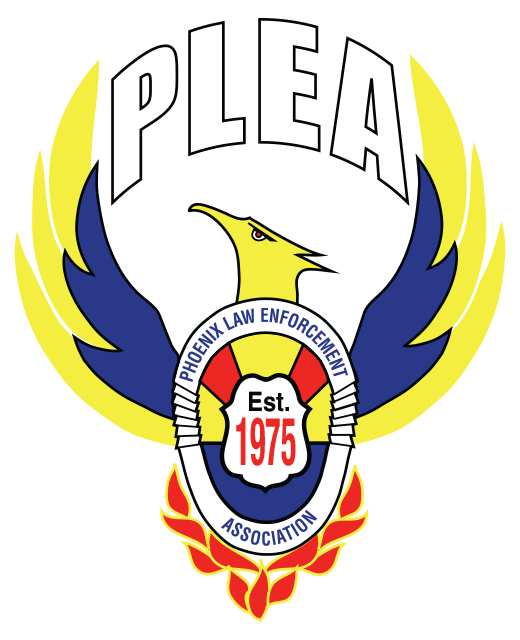During the acquisition and deployment of marked Patrol vehicles for Fiscal Year 2006-2007 an agreement was made that Tahoes would be for first responders and a majority of the Impalas would be set up as supervisor’s vehicles, with the balance of them being integrated into the main fleet. One of the issues with the Impala has been interior room for taller and larger framed personnel as headroom is limited and the seat can be somewhat cramped, compounded by the addition of a gunbelt.
PPSLA had the Department’s Industrial Hygienist, Heather McArthur look into issues of larger framed supervisors, including those with back injuries being able to enter, sit comfortably in the driver’s seat, and exit from the vehicle. This study was conducted using vehicles with (Sergeant’s) and without (Lieutenant’s) prisoner shields. The conclusion, as we already knew from preliminary evaluations when we first fielded the Impala, was that taller individuals (over six feet tall) will feel somewhat cramped, as will individuals with a larger frame. The recommendation was to utilize existing Crown Victoria Police Interceptors, CVPIs, or Tahoes for these individuals.
My concern with this is that Officers have had to use these vehicles without the benefit of any study and will continue to have to use them.
Although our goal is to transition to the Tahoe for all of our marked Patrol vehicles, reality is that we will still have to purchase Impalas due to budget limitations. Keep in mind that until someone builds a full-sized, separate body/frame, rear wheel drive, pursuit rated vehicle, for patrol use that doesn’t have fire issues like the CVPI, these will be our choices. For anyone questioning why we didn’t consider the Dodge Charger, we looked at one, but felt the interior was cramped like the Impala.
Planning and research is continuing their study of what the ultimate ratio of Officers to marked Patrol vehicles should be as there are currently more uniformed Officers in Specialty Patrol positions, like SROs, CAOs, and NET Officers utilizing vehicles, who were never factored in when their positions were created. As a result, all precincts are short on marked vehicles. Compounding the problem are vehicles that are down for maintenance, collision repair, and those that haven’t been replaced due to being totaled in collisions or are too costly to repair due to age. Their current estimate is 1.7 Officers to every vehicle and this doesn’t include specialty detail marked vehicles used by DOU, TSB (Canine) and Vice. Precincts currently have to pull Officers off the street prior to the end of their shift so the oncoming shifts will have vehicles to use. On a personal note, in 500, there have been several Thursday nights when second shift has been brought in early and Officers have been sent home so that third shift can have vehicles.
Relief is on the horizon for our current Patrol fleet for Fiscal Year 2006-2007. Of 176 vehicles ordered, as of 0940 hours on 080907, 76 Impalas have completed decals, prisoner screens, and MDT and radio installs. 64 of them are in service with 3 ready to issue and 9 finishing the Quality Control Process. Of the 100 Tahoes, 96 have decals and prisoner screens, 20 have MDTs, 1 has a radio, and 1 has been placed in service.
In regards to motorcycles, there is still a 70/30 split by Motor Officers in the Traffic Bureau on the Honda versus the Harley Davidson. Honda beats the Harley overall in handling, braking, not overheating, and warranty coverage, but a decision was made to purchase 5 more Harleys next year for continued evaluation as there are supposed to be a few more tweaks made to the new models.
For Fiscal Year 2007/2008, a total of 262 vehicles are budgeted for Patrol.
